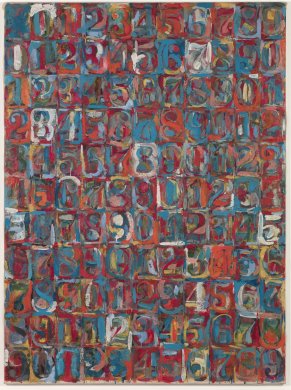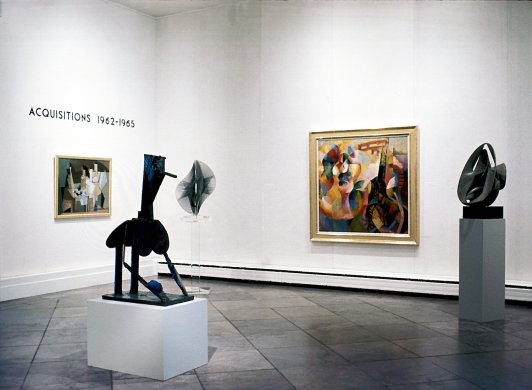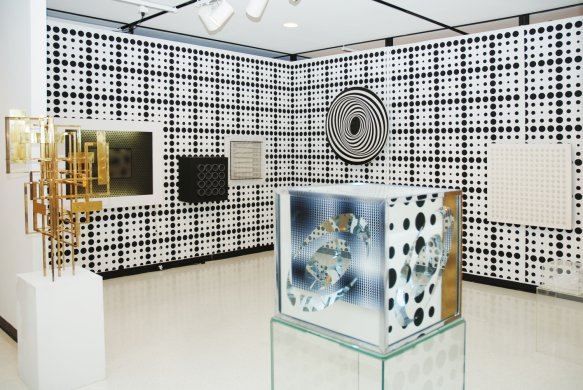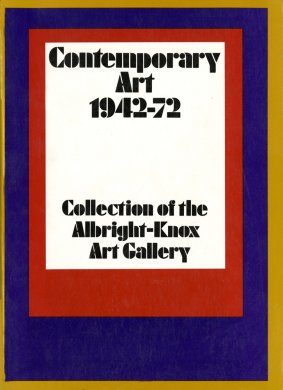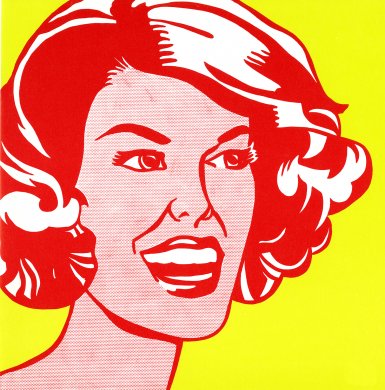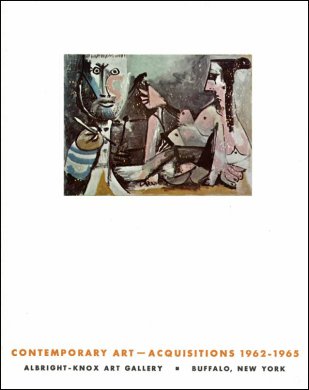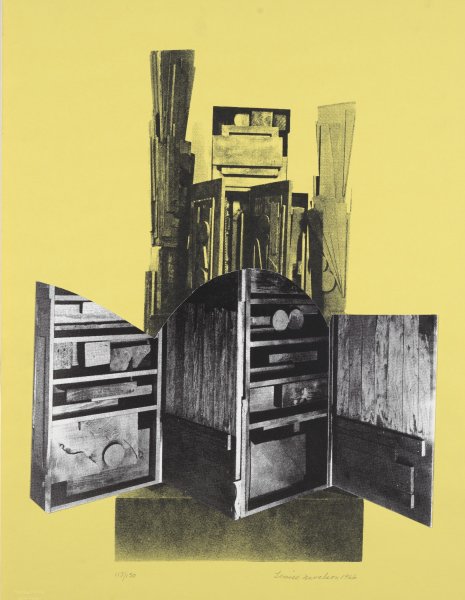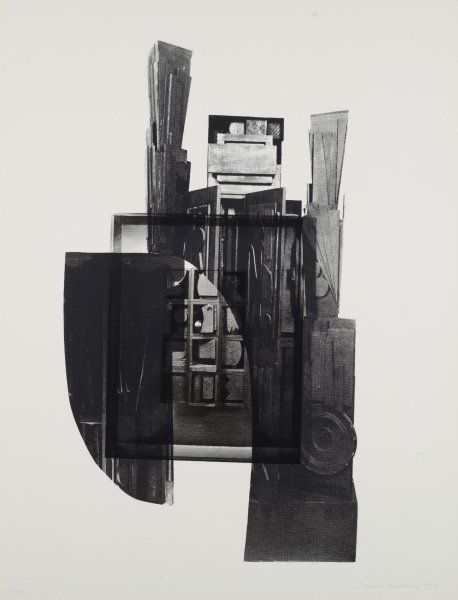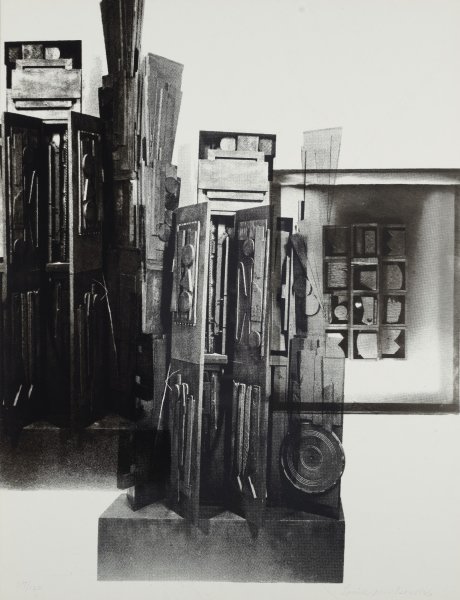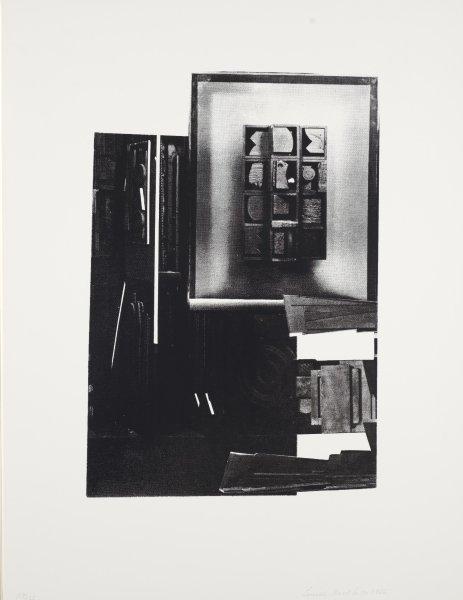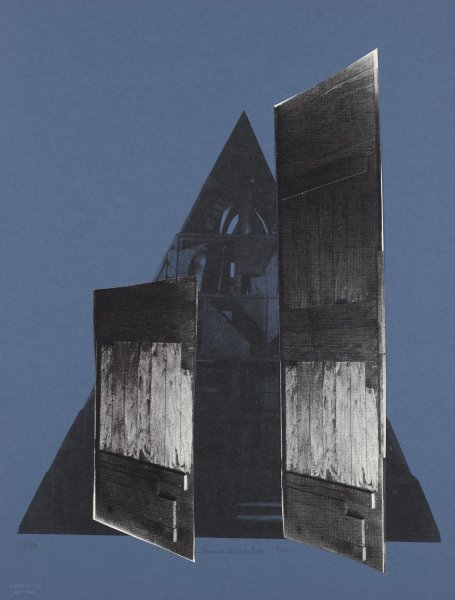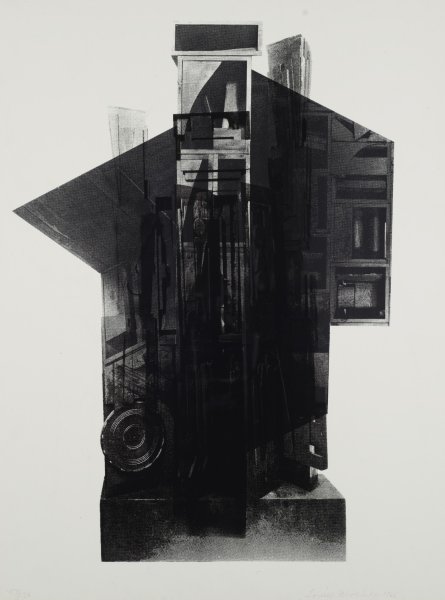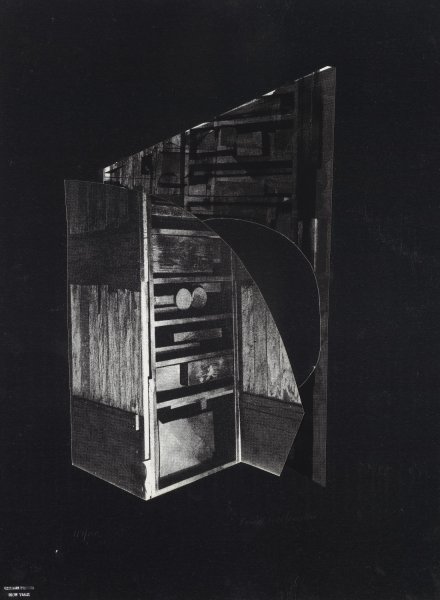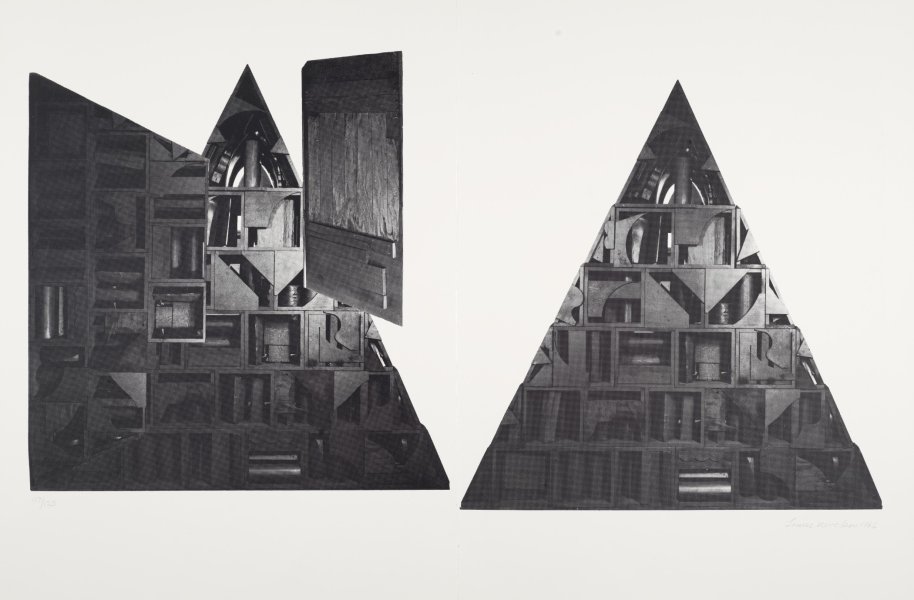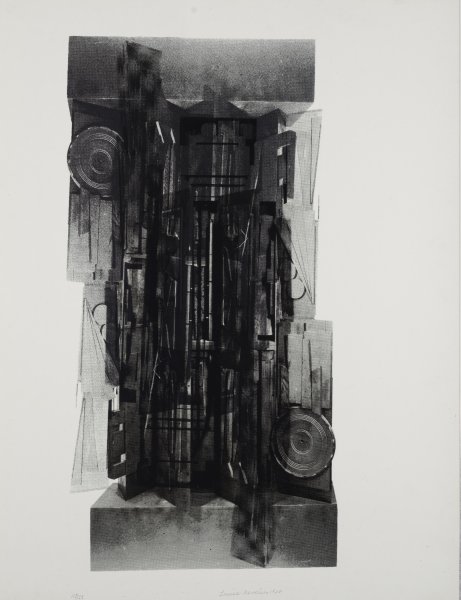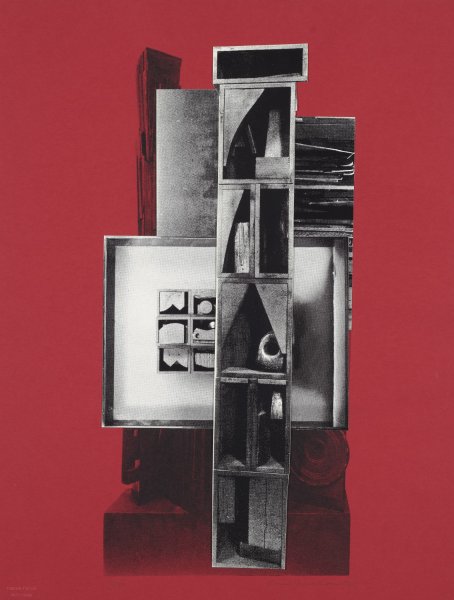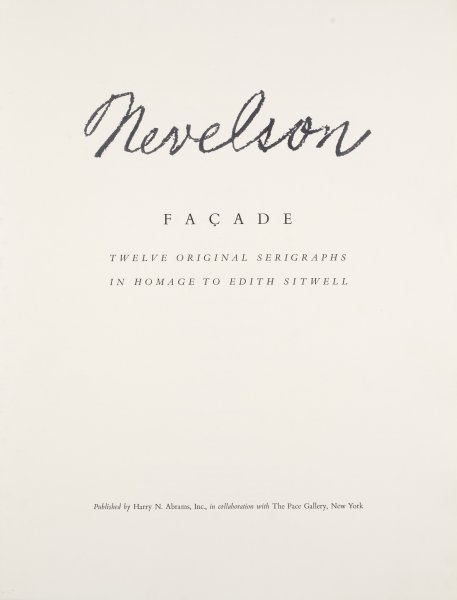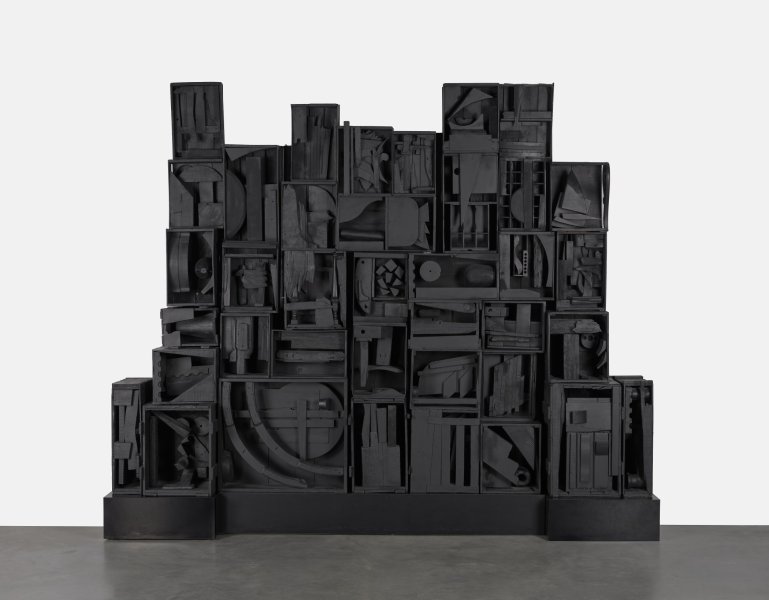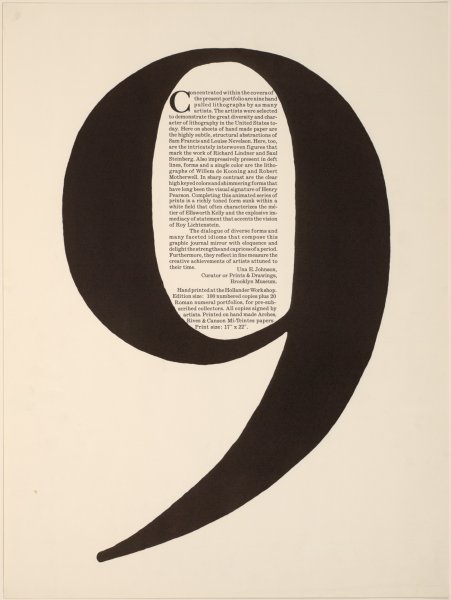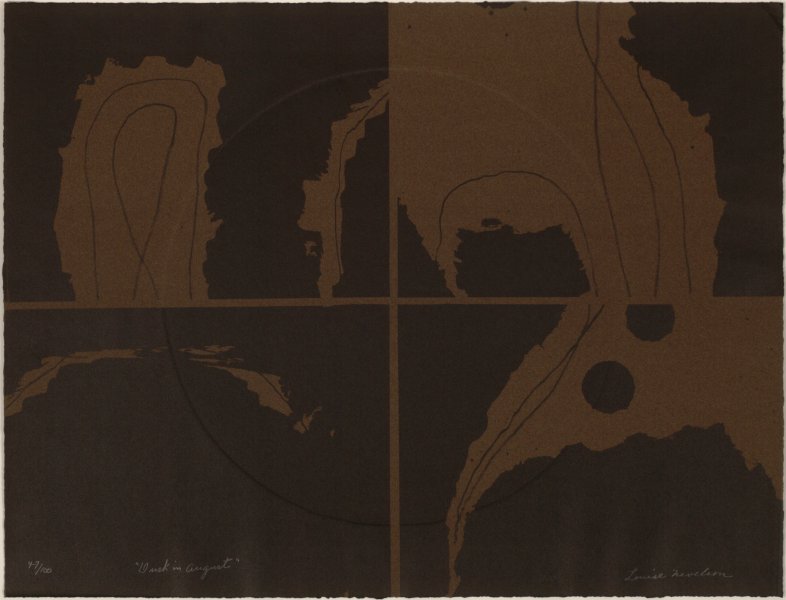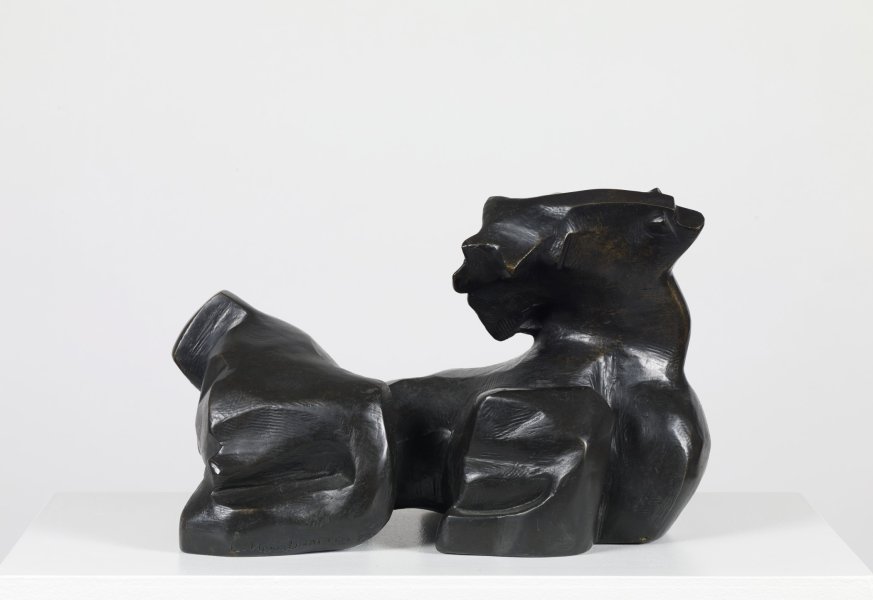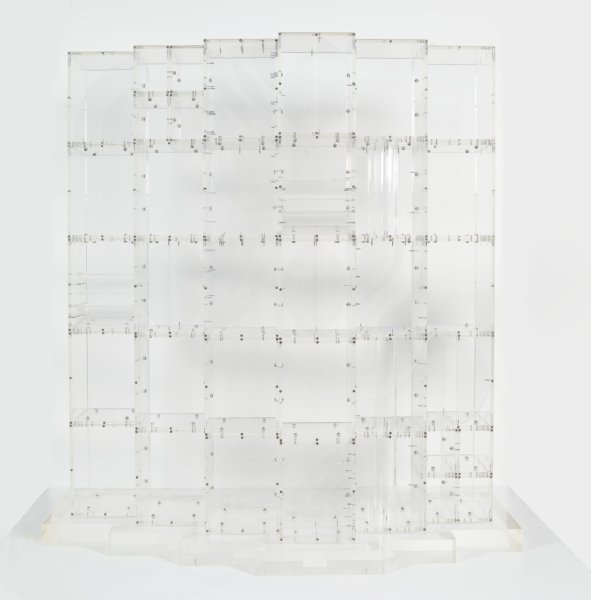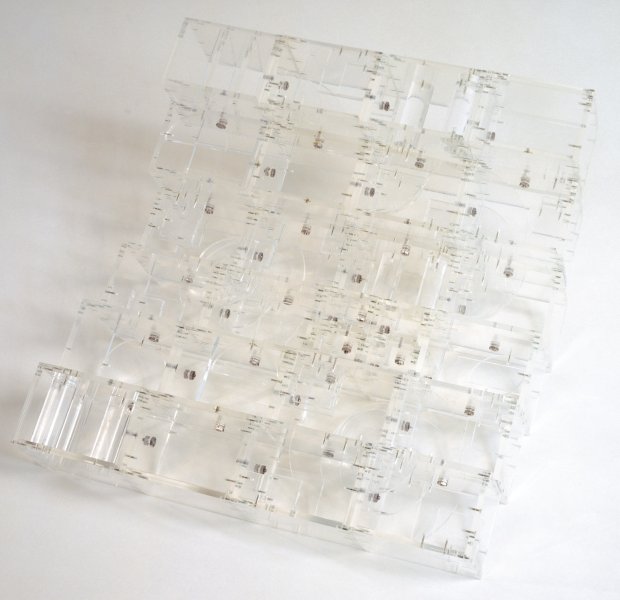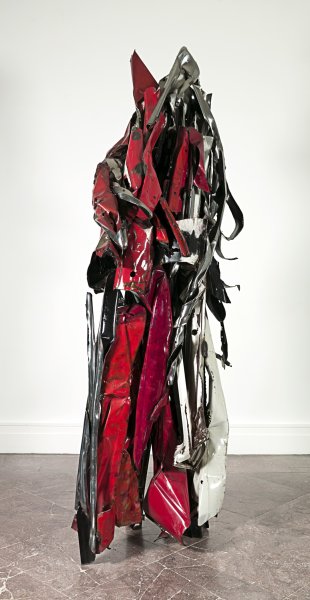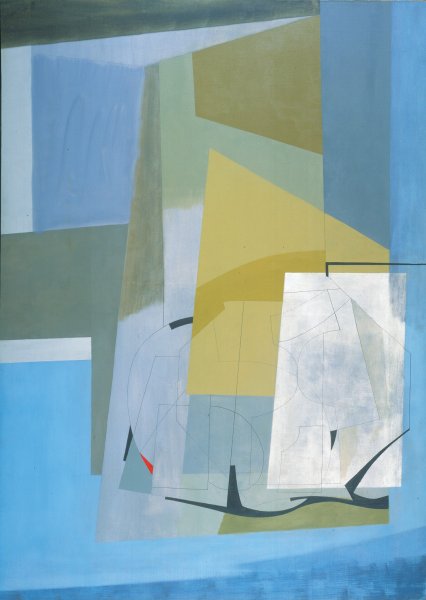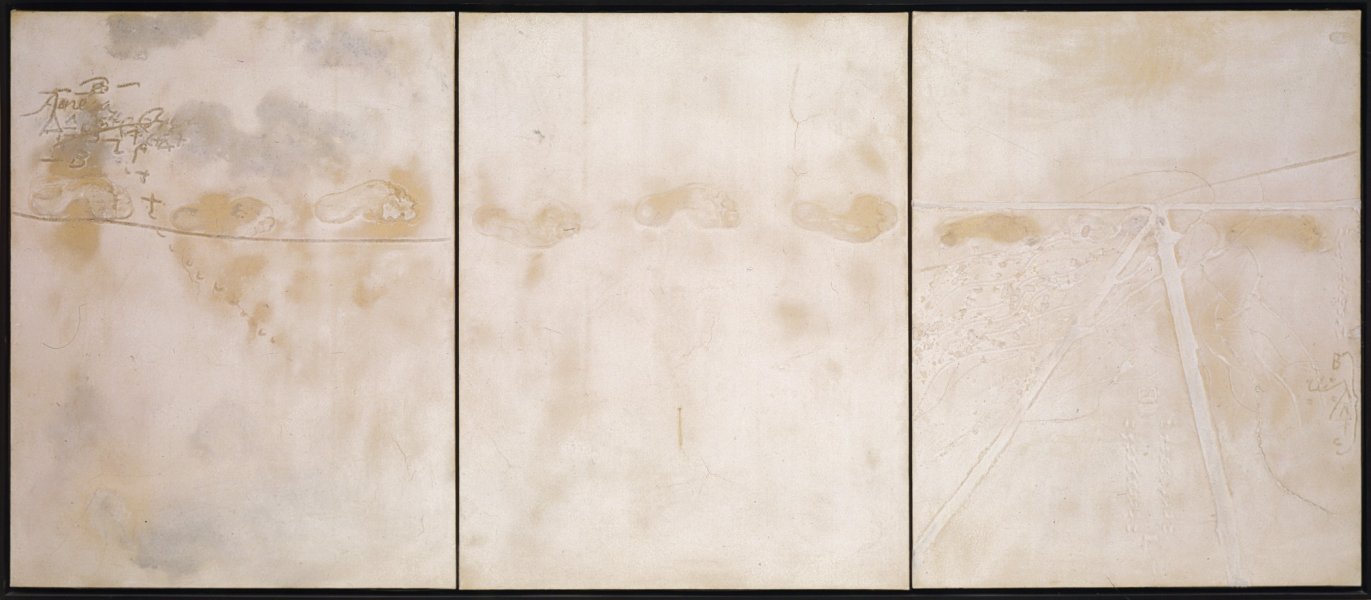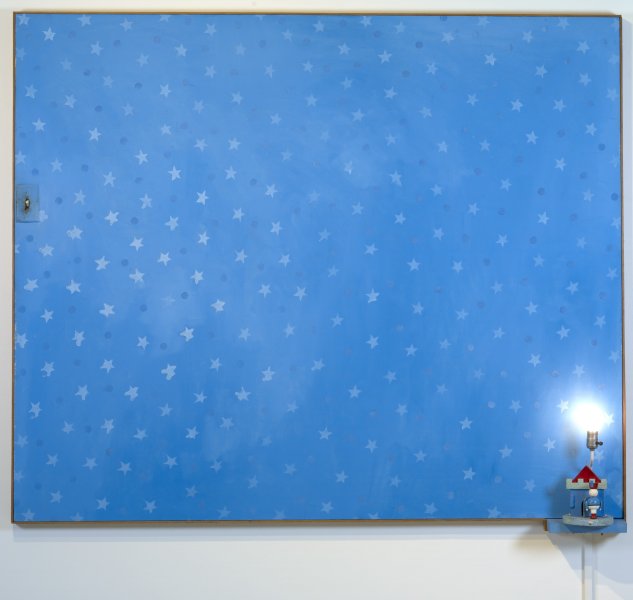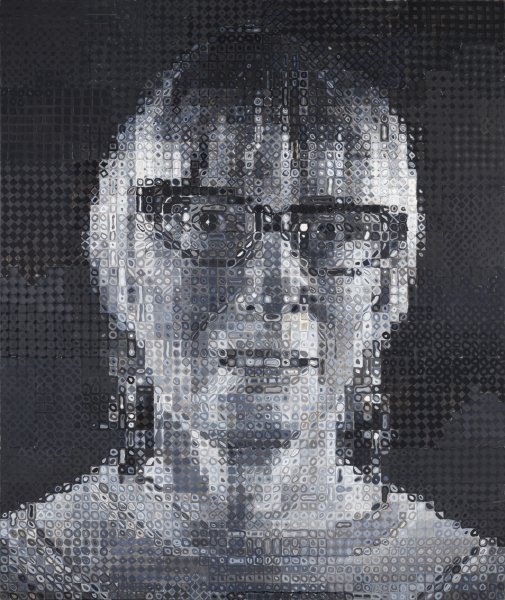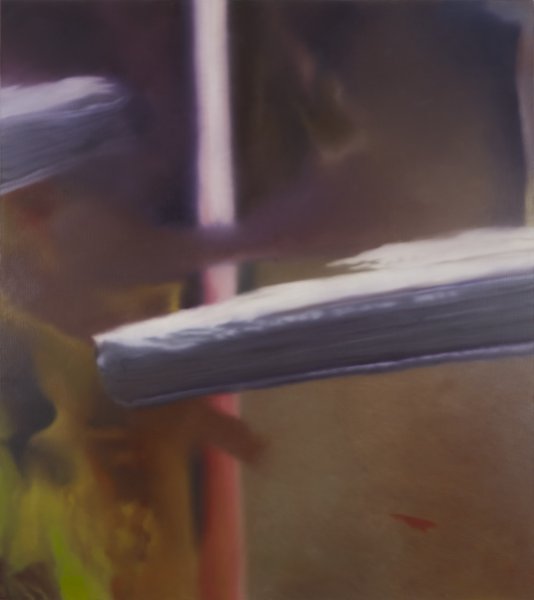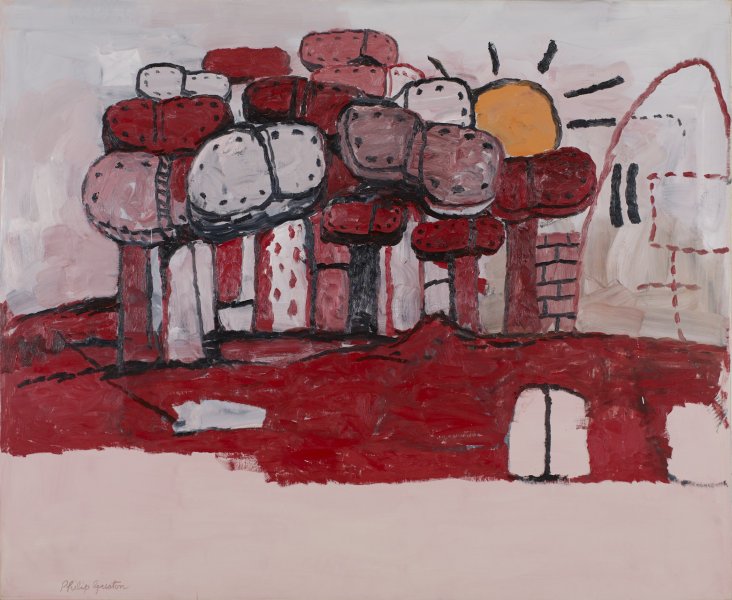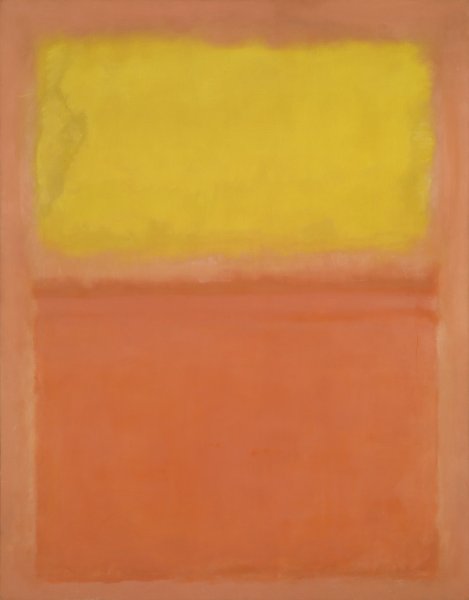Louise Nevelson
American, born Kiev, Russia (now Ukraine), 1899-1988

Louise Nevelson (American, born Russia, 1899-1988). Royal Game I, 1961. Wood, painted gold, 69 x 51 1/2 x 8 1/4 inches (175.3 x 130.8 x 21 cm). Collection Albright-Knox Art Gallery, Buffalo, New York; Gift of Seymour H. Knox, Jr., 1962 (K1962:9). © Estate of Louise Nevelson / Artists Rights Society (ARS), New York.
Royal Game I, 1961
Artwork Details
Materials
wood, painted gold
Measurements
overall: 90 3/8 x 55 9/16 x 10 1/8 inches (229.55 x 141.13 x 25.72 cm)
Collection Buffalo AKG Art Museum
Credit
Gift of Seymour H. Knox, Jr., 1962
Accession ID
K1962:9
Louise Nevelson emerged in the art world amid the dominance of the Abstract Expressionist movement. In 1943, she began to collect urban debris and combine them in unusual and innovative ways. Nevelson would comb junkyards and city streets to gather objects such as old chair legs, broom handles, cabinet doors, and even toilet seats. She carefully arranged the objects in order to historicize them and infuse narrative. Nevelson credits her obsession with these “leftovers” to her childhood memories: her father owned a lumberyard in which she would collect and play with the scraps of wood. In 1957, she was given a box of liquor as a gift, and the partitions inside the carton gave her the idea to place her sculptures in their own containers. When her studio became too crowded, she began to stack the assemblies on top of each other. She soon noticed that this space-saving technique had spontaneously created altogether new compositions. The resulting works were painted in monochromatic palettes of white, black, and gold, as in the case of Royal Game I. Nevelson was drawn to the color gold because she felt it gave the sculpture a sumptuous feeling, reminiscent of a gilded Baroque altarpiece. The color palette also references her childhood immigration to the United States from Russia, because America was often referred to “as the land where the streets were paved with gold,” and her preoccupation with royalty—a theme that recurs throughout her body of work, in addition to death and marriage.
Label from For the Love of Things: Still Life, February 27–May 29, 2016
